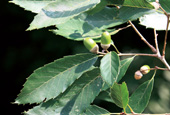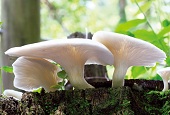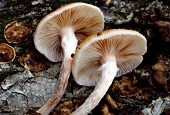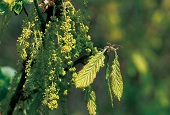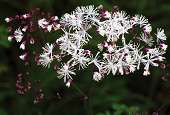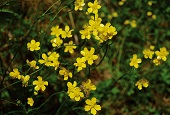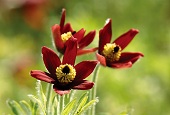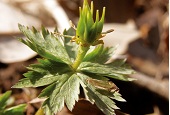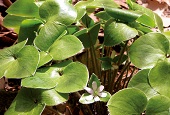View this article in another language
- 한국어
- English
- 日本語
- 中文
- العربية
- Español
- Français
- Deutsch
- Pусский
- Tiếng Việt
- Indonesian
Flora & Fauna of Korea #37
Korea.net publishes a series of articles, “Nature You Meet in the Mountains,” about the peninsula’s mushrooms, insects, trees and herbs & flowers.
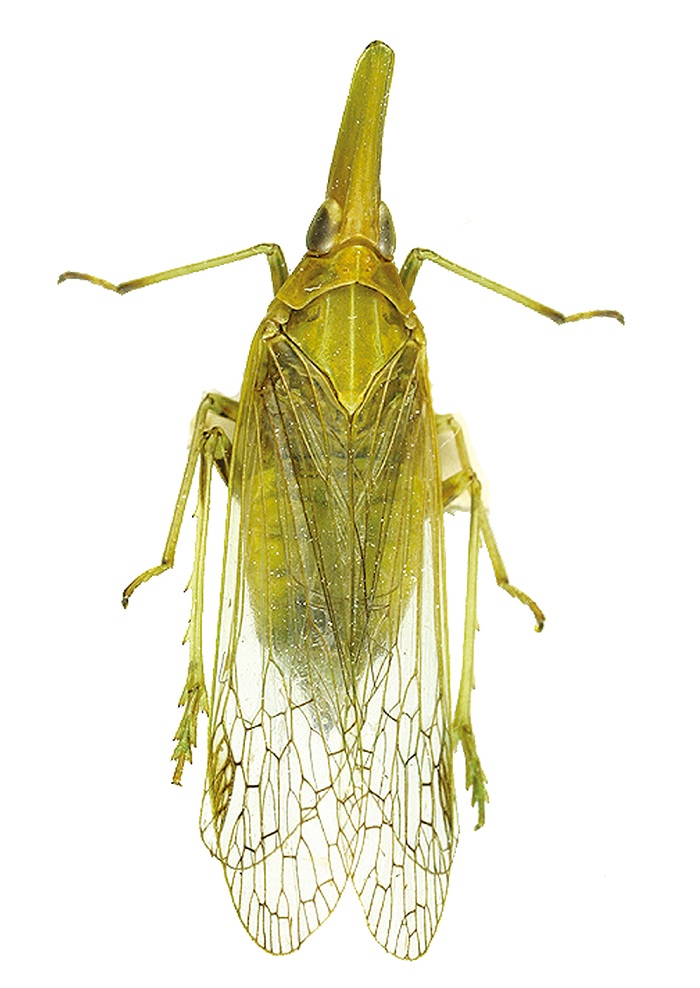
Insects
Name: 상투벌레 Sangtubeollae
Scientific name: Dictyophara patruelis (Stal)
Distribution: Korea, China, Japan and Taiwan
This cicada is about 12 to 14 millimeters in length and is yellow or yellowish green and covered with green patterns. Its body color is very dark. A few of the species have yellow stripes. The head is much smaller than the thorax. The top of the head is long, about double or triple its width. The tip of the head is dark brown. The central lines that stretch along the middle of the back and along both sides stand out. The body gets narrow as it tappers toward the tail. The frontal wings are transparent, and the vain in the basal part has green stripes. The wing vain and patterns are dark brown. The hind wings are quite strong and transparent.
Ecology: It normally inhabits green fields, mulberry trees and tangerine trees.
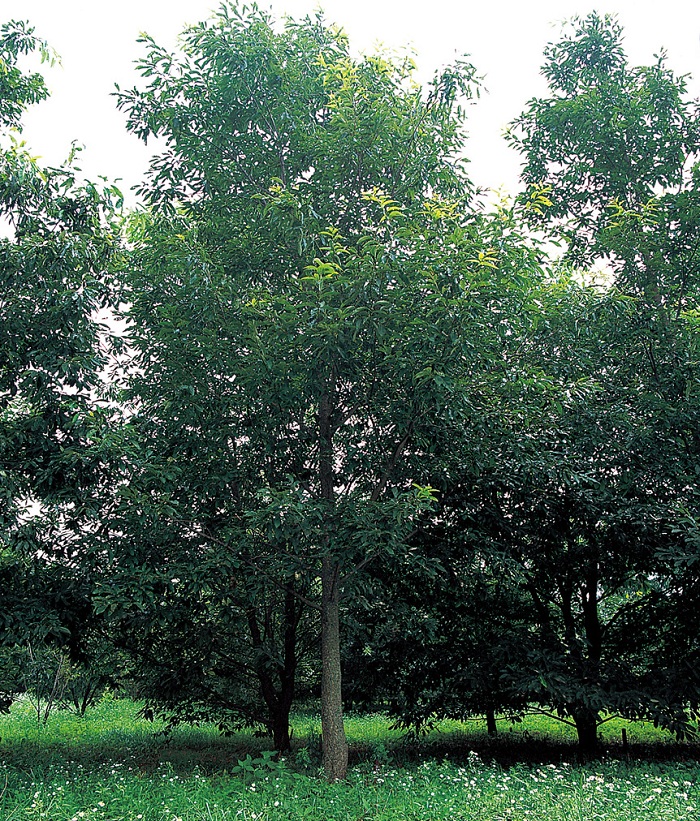
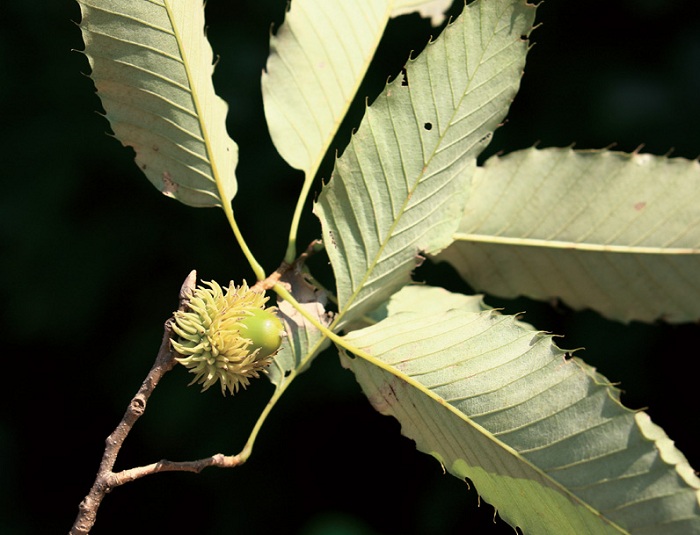
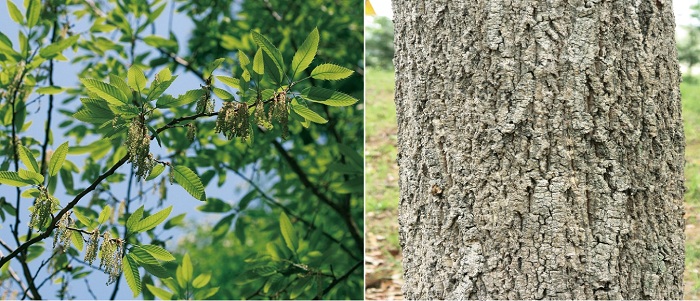
Trees
Name: 굴참나무 Gulchamnamu
Scientific name: Quercus variabilis Blume
Type: deciduous broadleaf tree
Blooming season: May
Bearing season: September to October
Distribution: central parts of the peninsula
This tree normally grows to a height of 30 meters and can reach 1 meter in diameter. The bark is cork-like, thick and can be deeply cracked. The leaves are alternating, oval, ovate and lanceolate, with some sharp sawtooth edges. Some adpressed hairs grow from the underside of the leaves. This monoecious tree gives bloom to male flowers with drooping catkins and female flowers with upright catkins. It bears rounded cones.
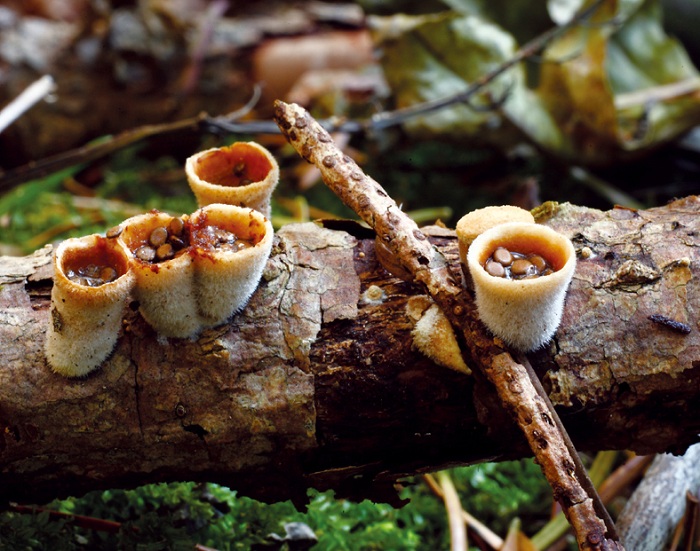
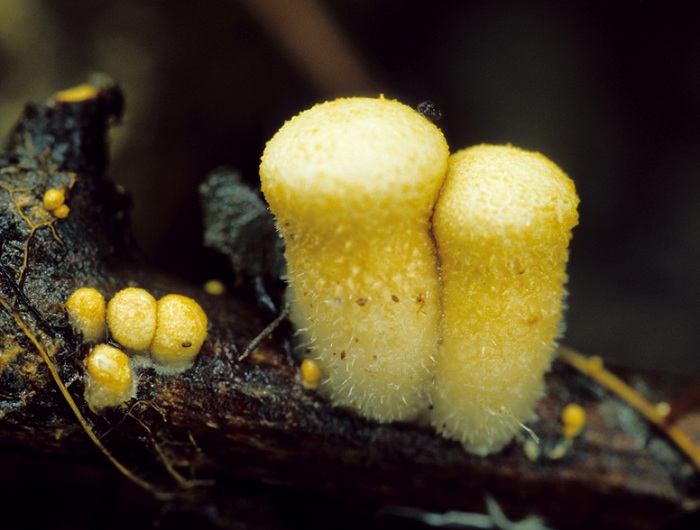
Mushrooms
Name: 새둥지버섯 Saedungjibeoseot
Scientific name: Nidula niveotomentosa (Henn.) Lloyd
Type: saprophile spore
Print: white
Inedible
This fungus grows in clusters from the branches of dead broadleaf trees. The cap is about 0.5 centimeters high and 0.5 to 1 centimeter in diameter in resembles a bowl. The mushroom is covered with a white membrane when it is young, and gradually opens its top and turns into an inversed cone. It is lemon-grayish brown covered with white hairs at first, but gradually turns yellowish brown. The inner surface is reddish brown. Inside, it has a stone-like peridiole about 0.5 to 0.8 millimeters long.
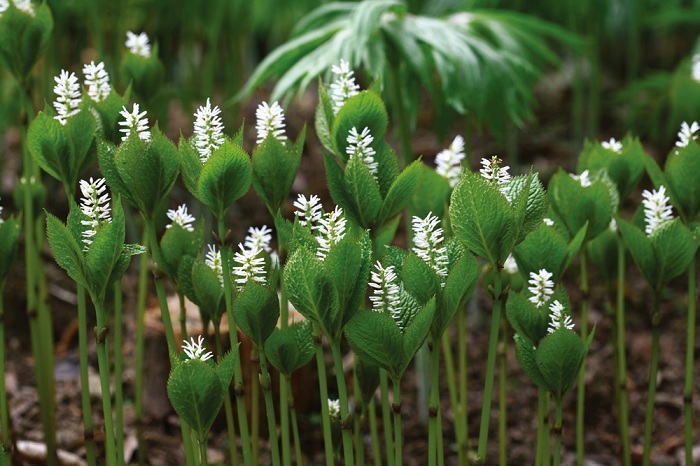
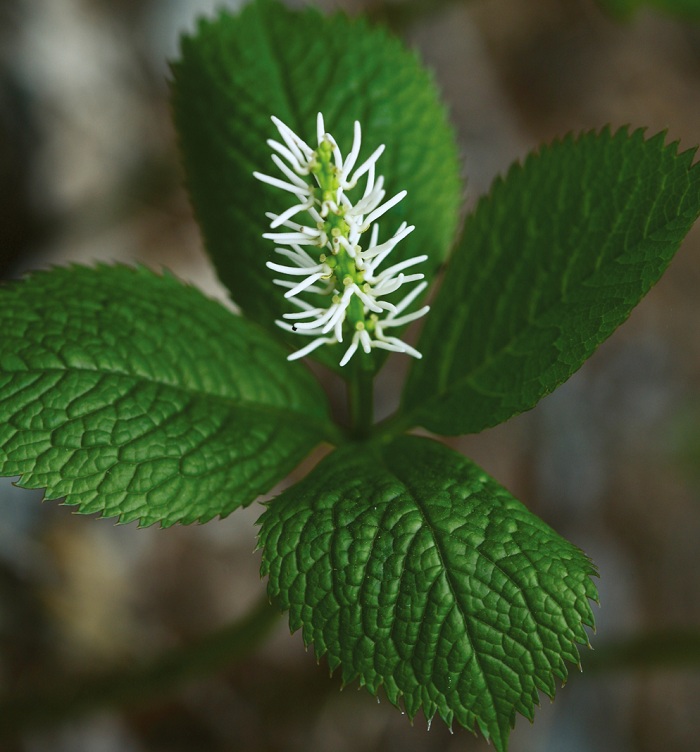
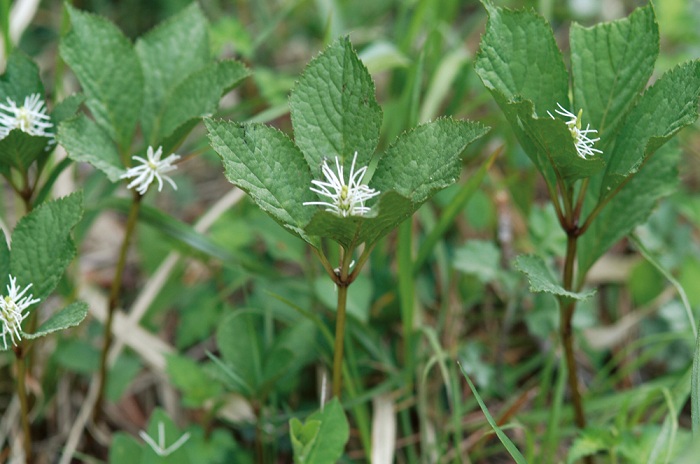
Herbs & Flowers
Name: 홀아비꽃대 Holabiggotdae
Scientific name: Chloranthus japonicus Siebold
Blooming season: May to June
Full Bloom: September to October
Distribution: mountains nationwide
This mountain perennial grows to about 20 to 30 centimeters tall with some extended nodes along the subterranean part of the stem. The leaves grow alternatively from each terrestrial stem and have four leaves each at the tip. The leaves are glossy, eggshaped, ovate and have sharp sawtooth edges. It gives bloom to white flowers and bears small capsules.
*This series of article about Korea’s insects, trees, mushrooms and herbs & flowers has been made possible through the cooperation of the Korea National Arboretum.
Korea.net publishes a series of articles, “Nature You Meet in the Mountains,” about the peninsula’s mushrooms, insects, trees and herbs & flowers.

Insects
Name: 상투벌레 Sangtubeollae
Scientific name: Dictyophara patruelis (Stal)
Distribution: Korea, China, Japan and Taiwan
This cicada is about 12 to 14 millimeters in length and is yellow or yellowish green and covered with green patterns. Its body color is very dark. A few of the species have yellow stripes. The head is much smaller than the thorax. The top of the head is long, about double or triple its width. The tip of the head is dark brown. The central lines that stretch along the middle of the back and along both sides stand out. The body gets narrow as it tappers toward the tail. The frontal wings are transparent, and the vain in the basal part has green stripes. The wing vain and patterns are dark brown. The hind wings are quite strong and transparent.
Ecology: It normally inhabits green fields, mulberry trees and tangerine trees.



Trees
Name: 굴참나무 Gulchamnamu
Scientific name: Quercus variabilis Blume
Type: deciduous broadleaf tree
Blooming season: May
Bearing season: September to October
Distribution: central parts of the peninsula
This tree normally grows to a height of 30 meters and can reach 1 meter in diameter. The bark is cork-like, thick and can be deeply cracked. The leaves are alternating, oval, ovate and lanceolate, with some sharp sawtooth edges. Some adpressed hairs grow from the underside of the leaves. This monoecious tree gives bloom to male flowers with drooping catkins and female flowers with upright catkins. It bears rounded cones.


Mushrooms
Name: 새둥지버섯 Saedungjibeoseot
Scientific name: Nidula niveotomentosa (Henn.) Lloyd
Type: saprophile spore
Print: white
Inedible
This fungus grows in clusters from the branches of dead broadleaf trees. The cap is about 0.5 centimeters high and 0.5 to 1 centimeter in diameter in resembles a bowl. The mushroom is covered with a white membrane when it is young, and gradually opens its top and turns into an inversed cone. It is lemon-grayish brown covered with white hairs at first, but gradually turns yellowish brown. The inner surface is reddish brown. Inside, it has a stone-like peridiole about 0.5 to 0.8 millimeters long.



Herbs & Flowers
Name: 홀아비꽃대 Holabiggotdae
Scientific name: Chloranthus japonicus Siebold
Blooming season: May to June
Full Bloom: September to October
Distribution: mountains nationwide
This mountain perennial grows to about 20 to 30 centimeters tall with some extended nodes along the subterranean part of the stem. The leaves grow alternatively from each terrestrial stem and have four leaves each at the tip. The leaves are glossy, eggshaped, ovate and have sharp sawtooth edges. It gives bloom to white flowers and bears small capsules.
*This series of article about Korea’s insects, trees, mushrooms and herbs & flowers has been made possible through the cooperation of the Korea National Arboretum.
